Hungry capital to eat away at banks’ NPLs

Lower-cost capital can now eat away at the banking bad debt problem. With tight monetary policies and restricting loaning, non-performing loans (NPL) have grown, seriously affecting banks’ capital flows. State Bank Governor Nguyen Van Binh said that the banking system’s bad debts this year had risen from 3.2 per cent recorded by the end of 2011 to 3.6 per cent.
“For specific credit institutions, this ratio is even higher,” said Binh. However, with the State Bank’s recent decisions to reduce the ceiling deposit interest rate from 14 to 13 per cent on March 13, and to 12 per cent on April 11, together with the loosened credit for real estate firms stipulated in Document No 2056/NHNN-CSTT, help is on the way for banks.
Le Quang Trung, deputy director of Vietnam International Bank (VIB), said firms’ greater access to capital would allow them to improve their operations and repay loans. “Bad debts will be stable or lower in the second quarter of this year,” said Trung.
Vietcombank Securities analyst Quach Thuy Linh noted that when deposit rates drop, market capital would flow into other investment channels such as real estate and the stock market to warm up these markets, and thus reduce bad debts.
Trinh Quang Anh, head of Maritime Bank’s economic research, said credit institutions’ real estate loans amounted to VND200 trillion ($9.6 billion), in which loans for developing construction projects and real estate speculation made up 90 per cent.
“If real estate continues to be frozen and there are no signs of a recovery by the end of 2012, NPLs from this area could make up 60 per cent of all banking system NPLs,” said Anh. Besides loosening credit to real estate, the State Bank recently required credit institutions to actively restructure loans for struggling enterprises and extend loan payment periods.
“With such solutions, we hope that bad debts will be controlled,” said governor Binh. However, banking system credit growth was still capped at 15-17 per cent. The State Bank also admitted sophisticated mobilisation cap violations still existed. Despite the State Bank’s moves, analysts did not expect the credit question to be addressed over night.
“Banks themselves do not dare to enhance lending. If we do not select borrowers carefully, bad debts will continue to rise as enterprises are experiencing many difficulties,” said Trinh Van Tuan, general director of Orient Commercial Bank.
What the stars mean:
★ Poor ★ ★ Promising ★★★ Good ★★★★ Very good ★★★★★ Exceptional
 Tag:
Tag:
Related Contents
Latest News
More News
- Solutions for enhancing provision of the stock market (April 23, 2024 | 10:38)
- MB aiming for 30 million customers by end of year (April 22, 2024 | 17:43)
- MB finalises strategy for acquisition of distressed bank (April 22, 2024 | 16:33)
- Vietnam central bank postpones gold bar auction (April 22, 2024 | 15:27)
- Benefits of pension funds must be incentivised (April 22, 2024 | 15:00)
- KRX trading system to begin official operation (April 22, 2024 | 14:09)
- Voluntary pensions to rejuvenate the sector (April 22, 2024 | 14:00)
- Gold market reforms paramount to stability (April 22, 2024 | 10:18)
- Loopholes continue to play part in rising NPL ratios (April 22, 2024 | 10:13)
- Techcombank scoops two Stevie Awards (April 19, 2024 | 18:35)






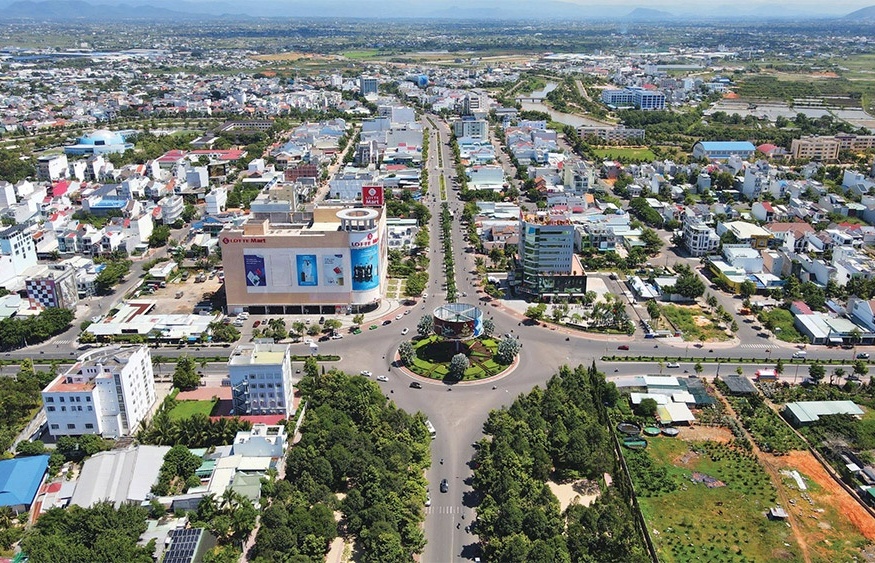
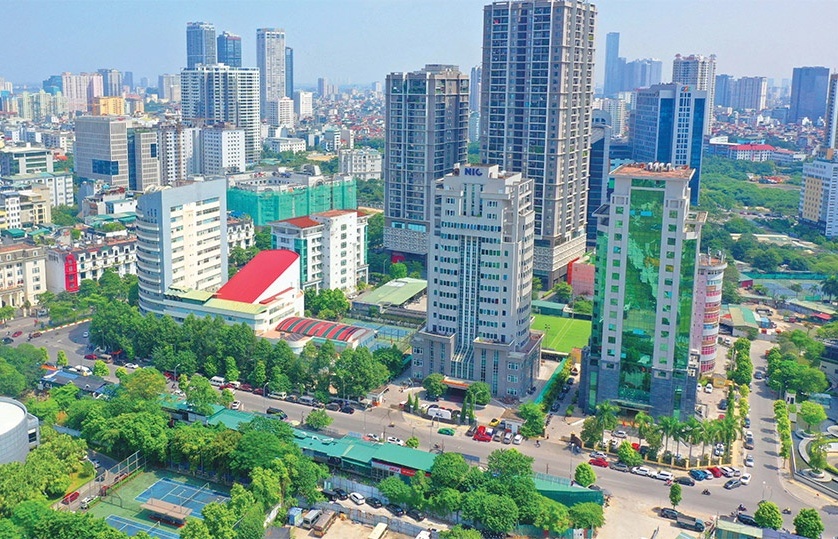


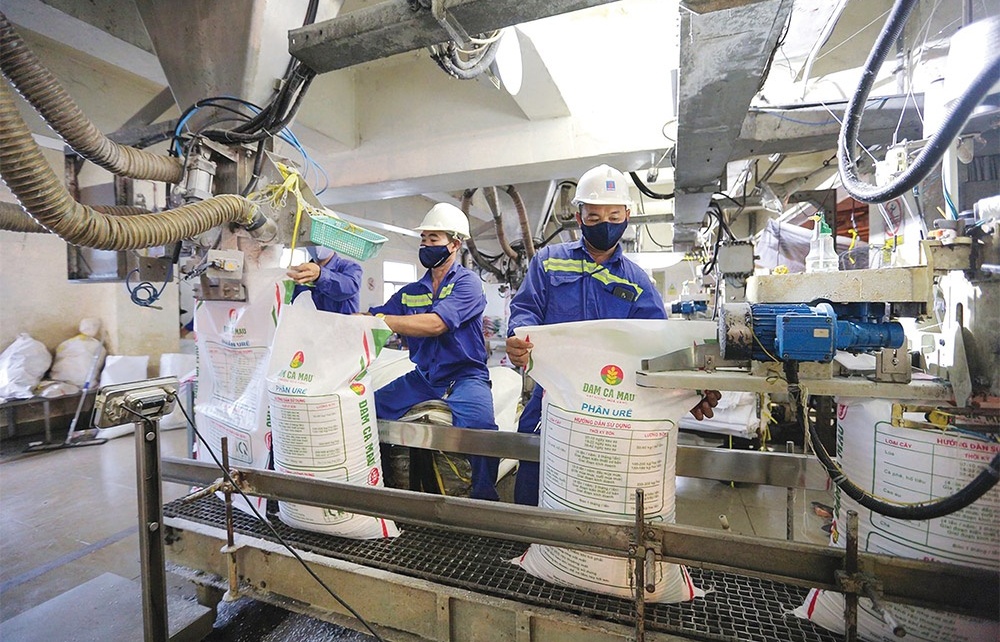


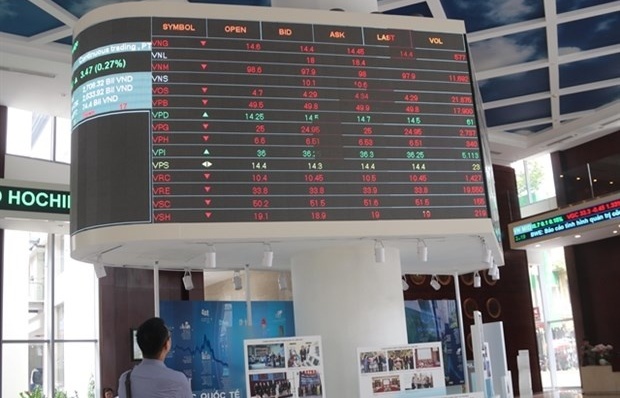




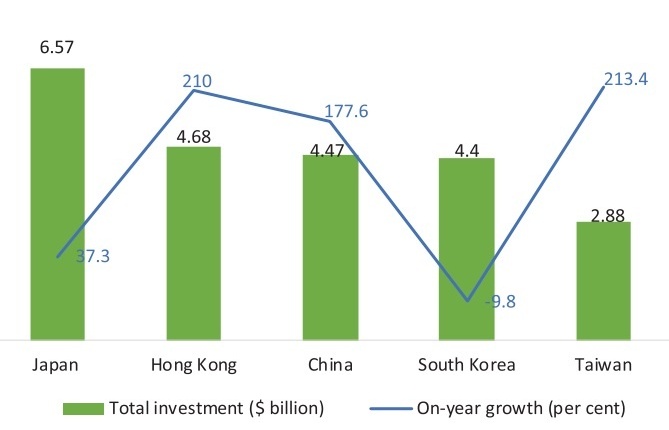





 Mobile Version
Mobile Version